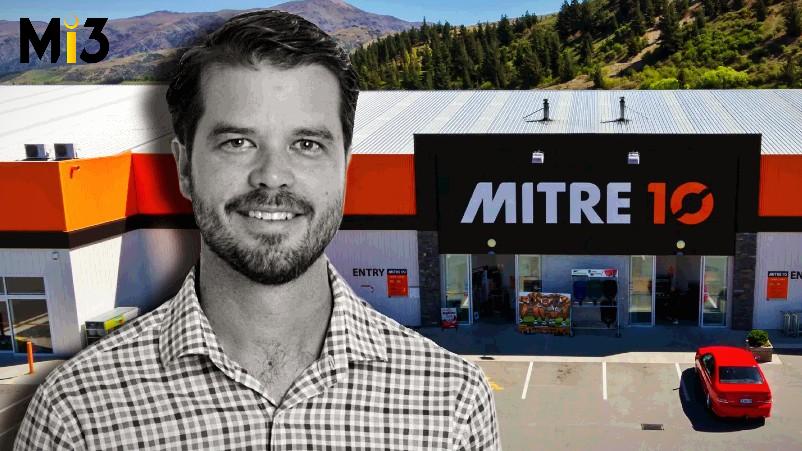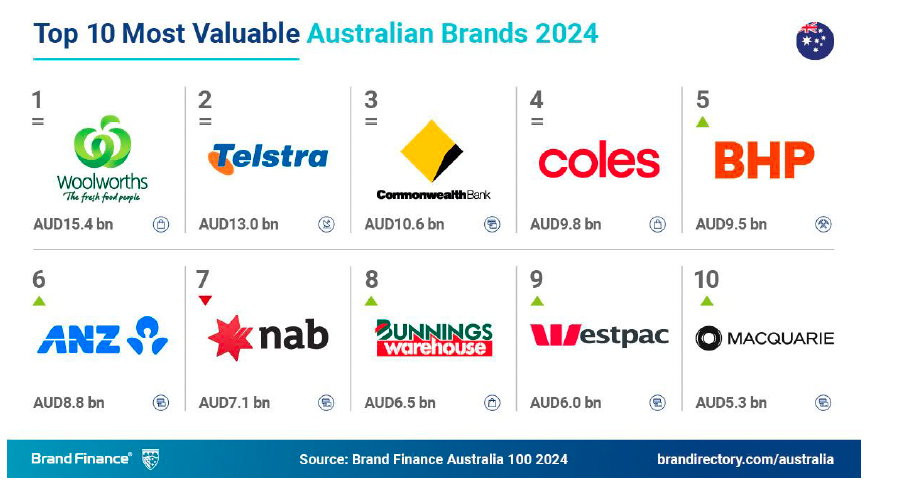From NPS to newsroom: How Mitre 10 Is broadcasting customer pain to key executives and solving problems faster

- Mitre 10 New Zealand has overhauled its customer insights model, ditching sterile dashboards for a “newsroom” approach that broadcasts real customer pain to drive business change.
- Led by Head of Customer Insights, Mark Vaughan, the hardware chain shifted from static PDF reports to real-time, narrative-driven insights that make customer friction tangible for staff – from developers to the CEO.
- A new tech stack featuring Qualtrics, Ipsos, and Thematic enables the team to analyse 20,000+ monthly responses and turn unstructured verbatim feedback into coherent themes and stories.
- Thematic’s AI-powered text analytics tools are central to the model, surfacing issues like stock shortages or website UX friction in seconds – and helping quantify their business impact.
- Empathy is the new metric: Customer anecdotes are embedded into monthly reports, deep dives, and agile workflows, fostering developer engagement and driving product improvements.
- By retooling its insights team as a storytelling unit, Mitre 10 NZ is transforming CX from a reporting function into a strategic driver – and setting a new standard for how brands turn feedback into action.
It's becoming more like a newsroom. You're broadcasting, and you're engaging with various stakeholders to help act on our behalf. So I guess on that front, being able to get more regular, insight-driven reporting out there that really matters has probably helped that. This then drives the prioritisation process a little more organically, rather than in a way that's system orientated.
Mitre 10 New Zealand isn’t just hammering nails – it’s hammering home customer pain points to key executives, one story at a time. And the tool of choice isn’t a dashboard. It’s a newsroom powered by homegrown AI from Thematic.
In a striking shift from the tired old rituals of metrics-driven reporting, the Kiwi hardware giant has rewired its insights operation to broadcast human stories of friction and frustration directly into the heart of its business. The result? A model that trades sterile NPS charts for visceral narratives. And it’s reshaping decision-making from the boardroom to the back aisle.
Head of Customer Insights at Mitre 10 NZ, Mark Vaughan calls it a “newsroom approach.” But don’t confuse it with fluffy comms. This is frontline intelligence with teeth.
“It’s becoming more like a newsroom. You’re broadcasting, and you’re engaging with various stakeholders to help act on our behalf. So I guess on that front, being able to get more regular, insight-driven reporting out there that really matters has probably helped that. This then drives the prioritisation process a little more organically, rather than in a way that’s system orientated,” says Vaughan.
It’s helped the business internalise the issues, he says, because it’s no longer just data, it’s real people with real problems.
The problem with PDF empathy
Like most legacy CX programs, Mitre 10’s customer voice once lived in a swamp of static PDFs and back-end spaghetti. When Vaughan inherited the in-house-built platform, it was spitting out monthly reports powered by a system called Halo.
“It was awful,” he says bluntly. “Only I knew how to work it.”
The fix wasn’t just about upgrading tools, it was about rethinking purpose. After re-platforming to Qualtrics and onboarding Ipsos for support, Vaughan’s team had real-time transactional feedback across five customer touchpoints. That fixed speed. But not meaning.
“We were getting 20,000 responses a month,” he says. The problem however, was that the dots still weren’t connecting. “The verbatim was repetitive. you just see the same things over and over again, and you can’t really decipher what’s changed or different.”
Enter Thematic, a text analytics platform purpose-built to wrangle unstructured customer comments and deliver clarity from chaos.
Building narrative from noise
Vaughan’s team plugged Thematic into the retailer’s Qualtrics data, quickly pulling in customer verbatims, NPS scores, and contextual metadata. Thematic’s natural language processing stitched it all into coherent themes and importantly, reasons.
Implementation took weeks, not months. Cost savings arrived early, as Mitre 10 slashed external reporting fees by in-housing monthly analytics. But the real dividend came when the team shifted the tone of their output.
“We’re actually taking a much more conversational tone, more in the voice of our customers. That’s what any text or summation tool within AI has helped with – making sense of it in a more natural way by talking about an issue, rather than just a few bullet points and comments,” Vaughan tells Mi3.
This wasn’t just an insight team shouting into the void. With the newsroom model, Vaughan and team began broadcasting pain. Monthly reports became missives. Special features dove deep on seasonal topics. Anecdotes from customers made their way to agile development squads. Even the CEO got real-time snapshots before store visits.
One breakthrough came via the trade website rebuild. Customers were howling about search. Vaughan’s team used Thematic to extract and amplify those voices, then piped them directly into the dev team.
“We helped them understand the pain,” he explains. “When you’re a coder, it helps to know you’re not just fixing a widget, you’re fixing a real customer’s day.”
Another example? Stock availability. It’s a CX basic but often overlooked, continues Vaughan.
“You get tired of talking about it, to be fair, but being able to say this is something we should be showing up for every day” he admits. “But Thematic showed it was dragging our NPS down by 0.5.”
AI-accelerated empathy
Perhaps most transformative is the AI uplift. Vaughan describes using tools like Thematic’s ‘Answers’ to surface sentiment on niche issues in seconds –everything from dog-friendly store policies to product findability.
“Now I sit in meetings and someone raises a question, and within 30 seconds I know if it’s a real issue or just noise,” he says.
It’s not just speed, but strategic clarity. “We’re not a head office with a dedicated CX team,” adds Vaughan. “We’re a support function. That’s why this matters – we’ve built a model that scales empathy.”
And that’s the kicker. Mitre 10’s approach might just be the blueprint for the modern insights function: Part analyst, part journalist, full impact.





